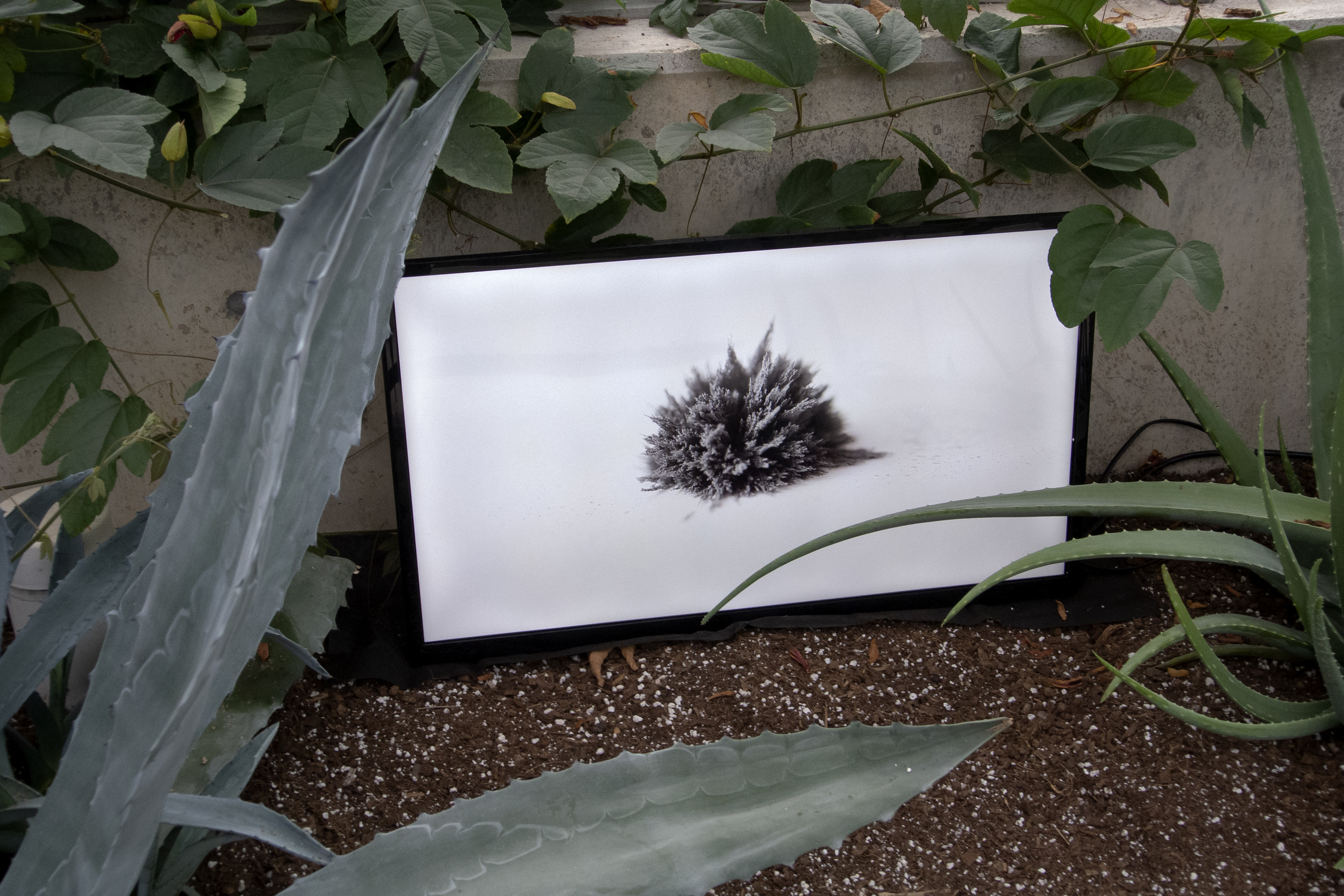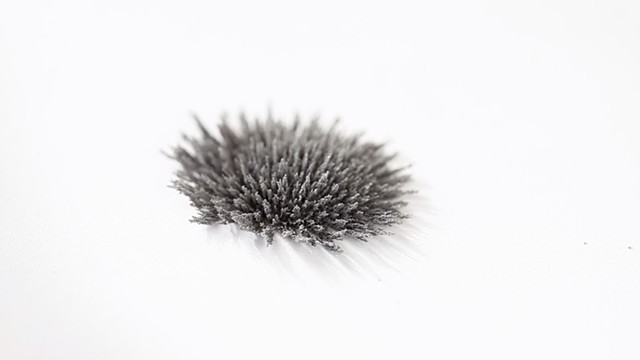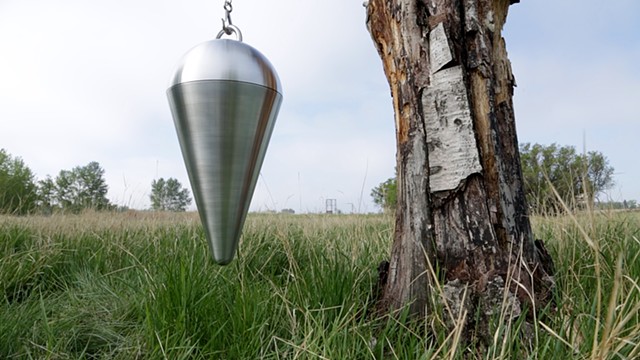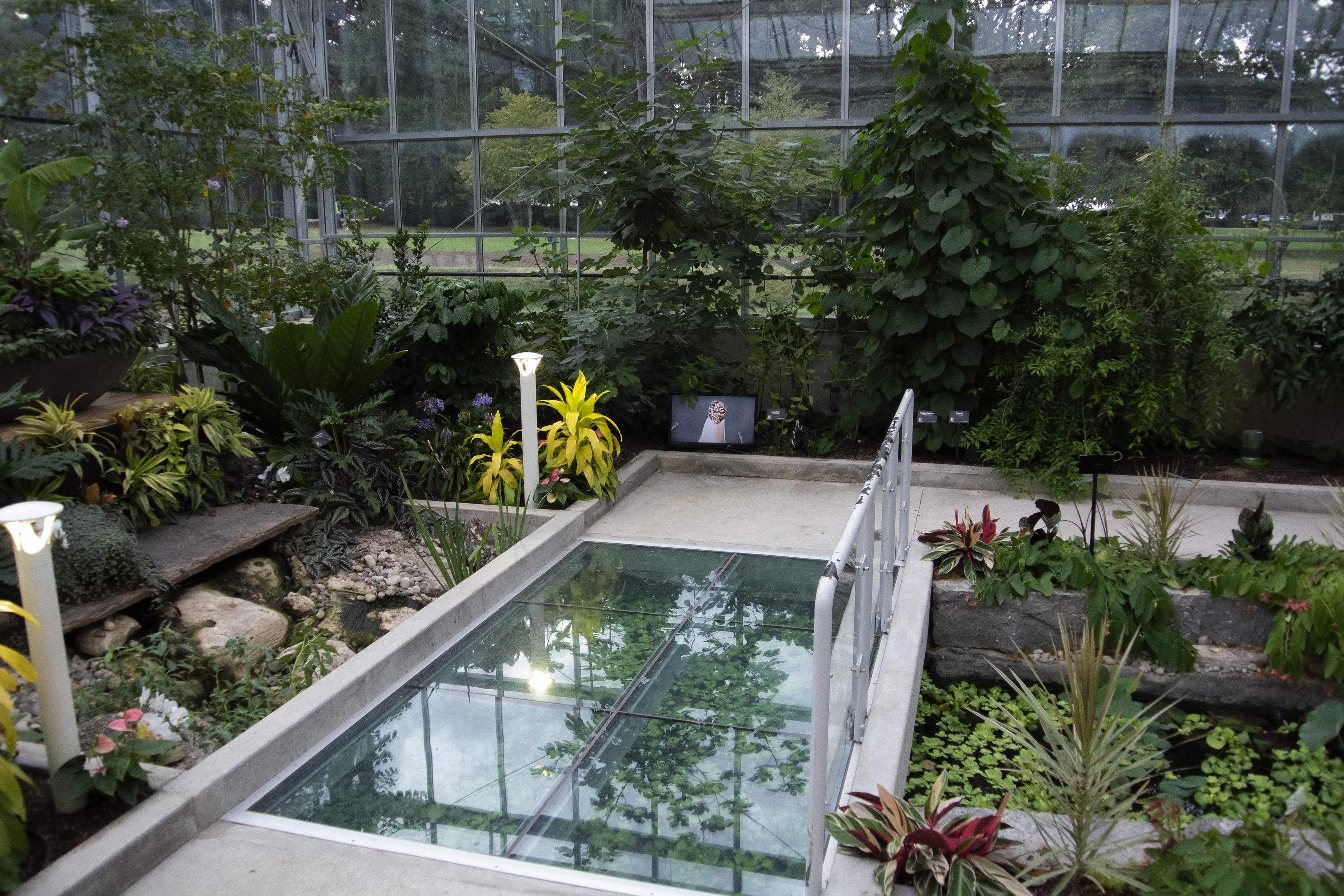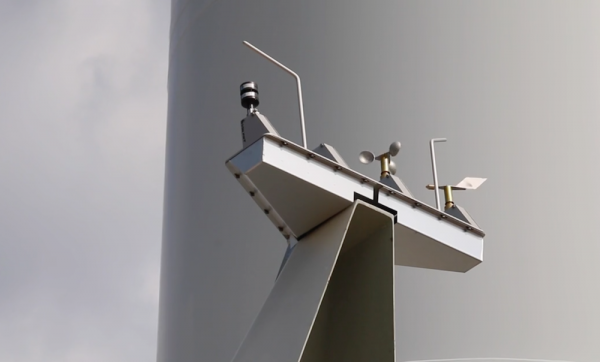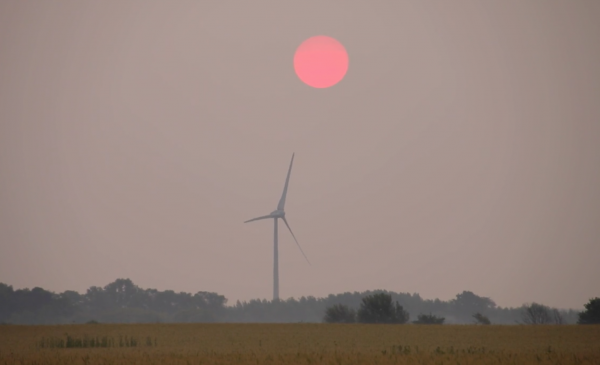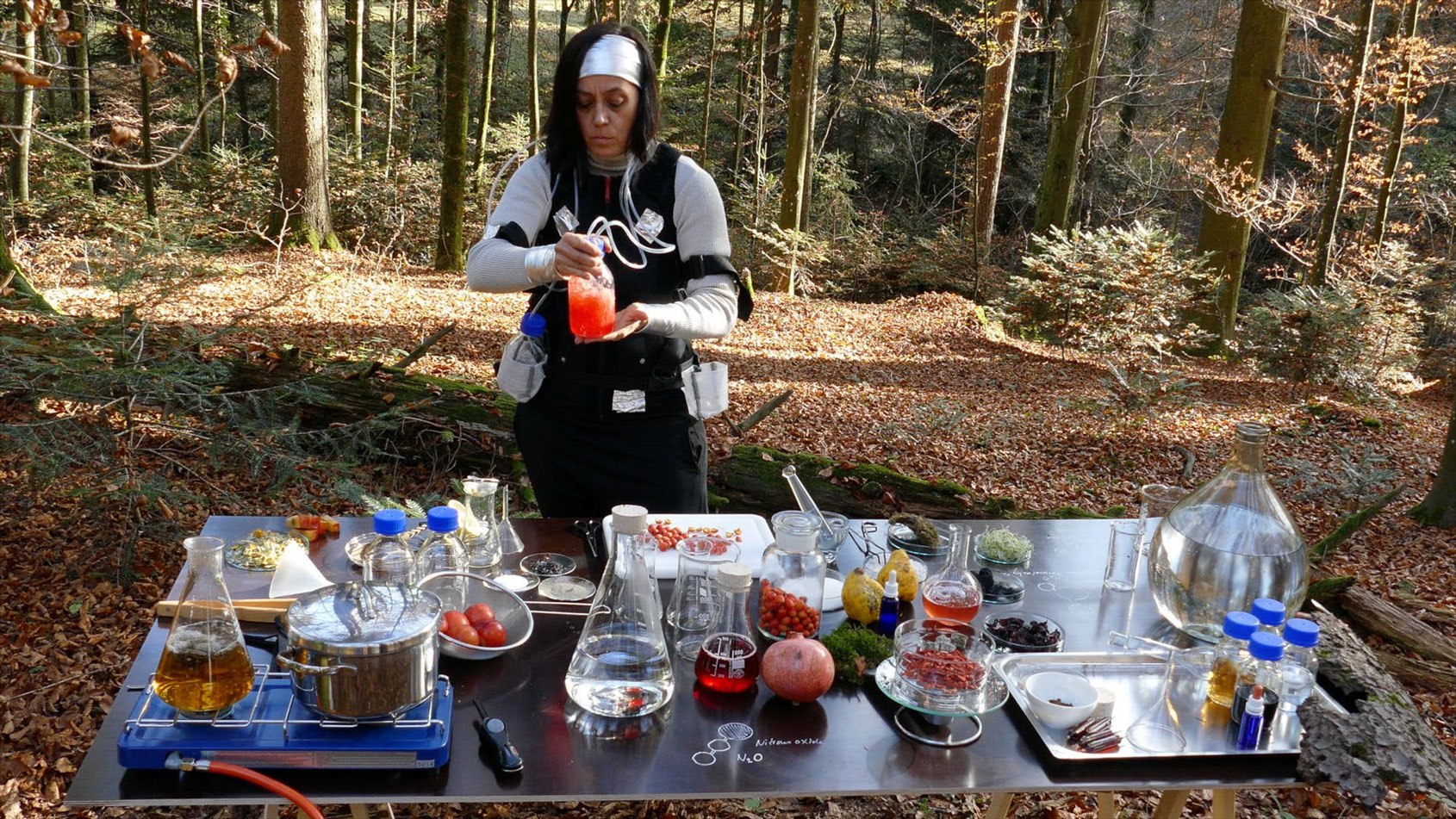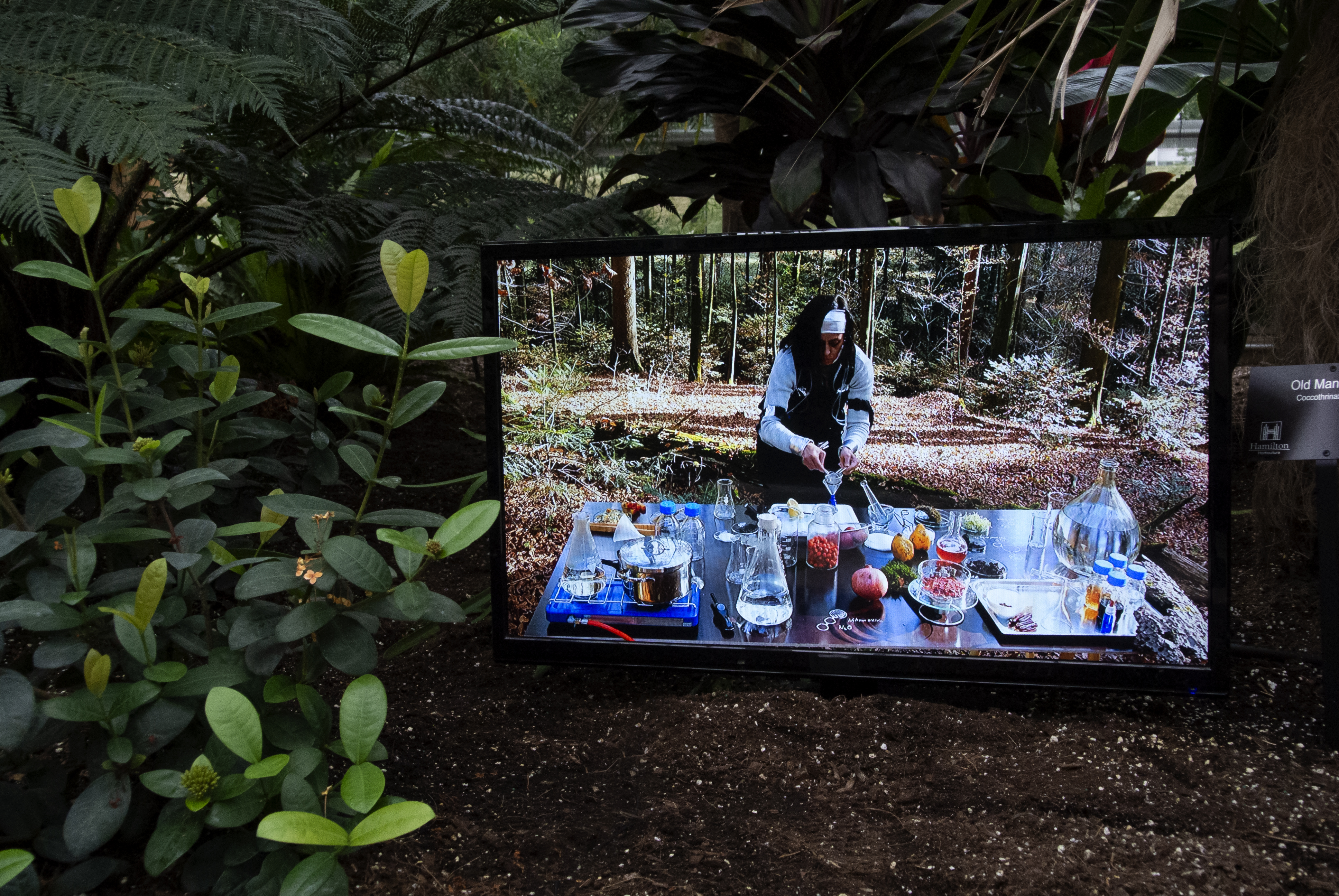Greenhouse Effects
Alana Bartol, Ursula Biemann (with Mo Diener), Mara Eagle, Tegan Moore, and Emily Moriarty
Gage Park Tropical Greehouse, Hamilton, ON
Art Spin Hamilton 2019
Responding to the Gage Park Greenhouse’s interior space — a tropical oasis in the midst of Hamilton’s continental temperate climate — Greenhouse Effects gathers works by artists who, through shared concerns about the manipulation of natural environments on both intimate and industrial scales, address issues pertaining to extinction, preservation, and attunement with the local land and atmosphere. The architecture of the greenhouse gathers incongruous species into a single space; Greenhouse Effects further complicates this ecosystem by bringing into proximity disparate artistic practices that generate questions about our relationship with increasingly engineered surroundings.
Conservatories and hothouses are breathing buildings, yet within their walls, the aleatory aspects of weather are negated. For instance, the breeze — along with the toxins and nutrients that it carries — is filtered through vents and computer-controlled circulation fans. In everything but free air itself (2015), Tegan Moore documents the weather as it manifests itself, unmediated, upon the landscape. “Air does not show itself. As such, it escapes [...and] allows itself to be forgotten,” writes feminist thinker Luce Irigaray. Here, a flag, a plastic tarp, a leaf, a meteorological instrument, a whirring turbine blade -- all are animated by the wind’s invisible presence, a reminder that air is indeed “a material substratum in which everything can appear.” How could something so fleeting be harnessed? Set in the vast agricultural fields of Southern Ontario, Moore’s work takes inventory of the area’s wind turbine farms, and reflects on both the optimism and anxiety surrounding the treatment of air as a resource commodity.
Commercial greenhouses are often built near industrial sites in order to facilitate “carbon dioxide enrichment”, a procedure whereby both heat waste and CO2 emanating from massive facilities are recycled and used by indoor crops, enhancing yields and revenue. Despite this seemingly ideal solution, most growers continue to rely on CO2 generators powered by carbon-based fuels. Ursula Biemann’s video essay Twenty One Percent (2016) narrates the changes in the chemical composition of the atmosphere since the Earth’s formation about 4.5 billion years ago. “The sun was once darker, the air warmer, and carbon dioxide was abundant”; vegetation thrived and suddenly produced enormous quantities of oxygen. When oxygen levels reached twenty-one percent, thinking beings came into existence. At various intervals within Biemann’s eon-spanning piece, clips of a performance by Mo Diener appear; the performer tracks her own metabolic processes through a series of kitchen experiments, further illustrating the symbiotic link between living beings and the Earth’s respiration. Biemann comes to the conclusion that: “Tinkering with the chemical composition of the atmosphere not only impacts the climate on Earth; it directly affects our capacity to think. [...] Thinking is a very material process involving dynamic, reciprocal, interdependent, and deeply ecological conditions.”
Emily Moriarty’s consideration and empathy towards plant matter is expressed through a durational work involving tactile encounters and playful caresses. feeling of presence (2018) is the record of a performance during which Moriarty walked through the Rutherford Conservatory and the Bovey Teaching Greenhouse at the University of Guelph, filming her every interaction with leafy specimens via her smartphone. The original video feed was simultaneously played inside her studio. Thus, with the help of telecommunication technologies, Moriarty collapsed the physical distance between the interior of the greenhouse and her own intimate workspace. Considered a research facility by the university — which also houses the Ontario Agricultural College — the greenhouse was temporarily transformed into a space for interspecies kinship. In the larger context of her practice, Moriarty often visits conservatories and botanical gardens to interrogate the human/non-human power dynamics that are at play within these structures.
Inside the greenhouse, botanical and entomological ecosystems are enhanced, displayed, and maintained by finely tuned apparatuses, all for the viewing pleasure of visitors. Some horticulturists go as far as to describe their holdings as “collections.” Mara Eagle’s practice examines commonalities in the treatment of nature and feminized bodies; the two are similarly viewed as objects of beauty, fascination, and control within the realms of Western thought. In Théâtre de L’Inconnu (2019), brightly hued orchids bloom and reveal their pistils, which are then pollinated by robotic, insect-like devices. Besides the erotic undertones of this image, the artist seems to suggest that we may one day reach a point where artificial pollination becomes a crucial part of our subsistance. Meanwhile, a mystical creature rehearses a monologue about the life cycle of saturniid moths. Despite her encyclopedic knowledge, the narrator stumbles on her words and becomes frustrated by language, inherently undermining the authority-imbued language that constitutes her speech. Accompanied by the voice of an opera singer, the story of metamorphosis is as spectacular as it is tragic — deprived of a mouth, the adult moth, like the withering orchid, only lives a few short days.
Through various methods of dowsing, Alana Bartol becomes receptive to natural sites that have been compromised by the presence of oil refineries and extraction wells across the province of Alberta. Bartol’s water witching rituals denote an attempt to remediate soils that have been contaminated by residual heavy metals. In reading wild lands (2018), a pendulum containing vials filled with bituminous earth samples slowly hovers above the polluted ground near a decommissioned oil well. Tall grasses sway in the foreground to the sounds of crickets and birds. Nature has reclaimed the site, yet the abandoned structure still looms in the distance. Later, iron filings found at the Alberta Energy Regulator's Core Research Centre undulate under the pull of magnetic forces. reading wild lands responds to resource exploitation practices in Western Canada, yet connections to Hamilton’s industrial history can be made, especially as it concerns steel manufacturing. Iron, the main elemental component in steel, becomes the medium through which the lands reveal their ills.
The City of Hamilton is situated upon the traditional territories of the Erie, Neutral, Huron-Wendat, Haudenosaunee and Mississaugas. This land is covered by the Dish With One Spoon Wampum Belt Covenant, which was an agreement between the Haudenosaunee and Anishinaabek to share and care for the resources around the Great Lakes. We further acknowledge that this land is covered by the Between the Lakes Purchase, 1792, between the Crown and the Mississaugas of the Credit First Nation.

